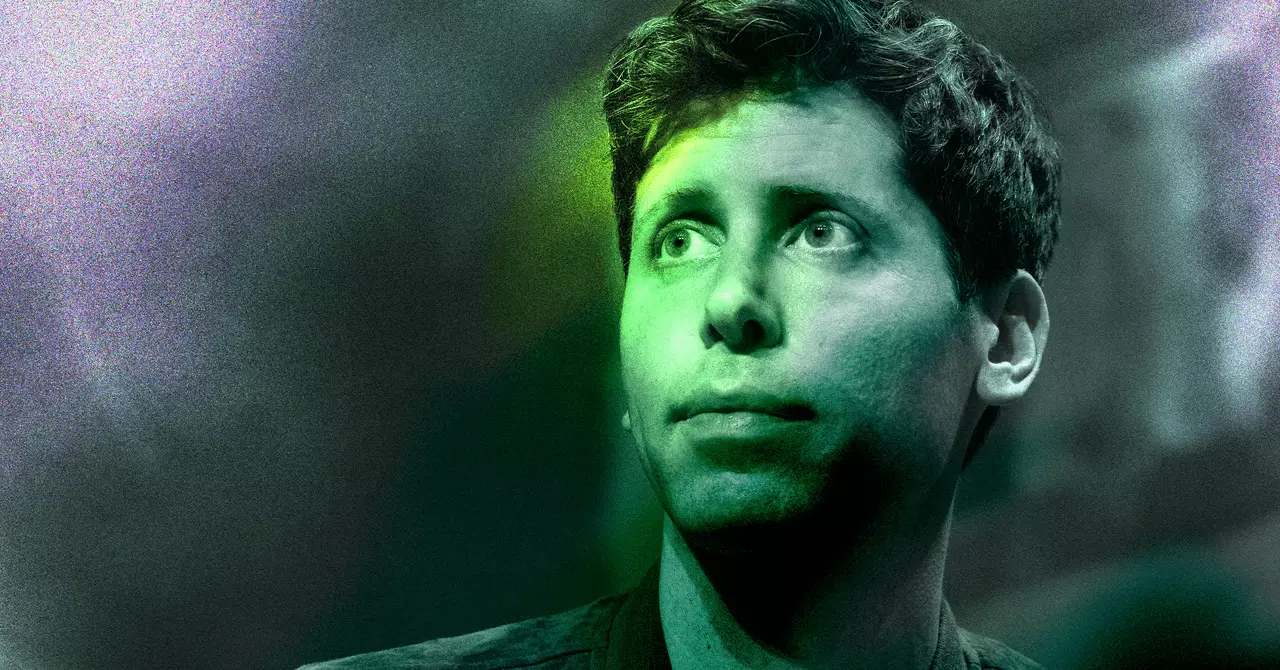In the rapidly evolving landscape of artificial intelligence, the competition isn’t just about groundbreaking models or innovative algorithms — it’s fundamentally about talent. The recent surge in high-profile hires by OpenAI underscores a clear and aggressive strategy: securing the most skilled minds to push the boundaries of AI capabilities. These engineers and researchers aren’t merely employees; they are the architects of the future, shaping how AI evolves and how dominance is contested on the global stage. As other tech giants like Meta and even Tesla ramp up their hiring efforts, the battle lines are being drawn around expertise, infrastructure, and long-term vision.
This fierce competition reveals a stark reality: in AI, the right talent can change the trajectory of entire industries. The stars not only bring technical prowess but also strategic insights that can accelerate development or sabotage rivals’ efforts. It’s a game of human capital that transcends simple recruitment—it’s a strategic maneuver to control the future of intelligence itself. Companies now understand that possessing cutting-edge technology is not enough; they must also control the minds capable of harnessing it.
Why Talent Acquisition Is the New Battlefield
OpenAI’s recent hiring spree — bringing in former Tesla VP David Lau and top engineers from xAI and Meta — signals a shift towards prioritizing infrastructure and system-level innovations. These specialists are tasked with managing the backbone of AI development: data centers, hardware architecture, and scalable infrastructure. Their work ensures that models like GPT can be trained faster, safer, and more efficiently. In this context, talent acquisition isn’t just about filling seats; it’s about building a resilient, world-class ecosystem capable of sustaining relentless innovation.
There’s also a clear message: the competition is no longer only about what AI can do, but about how effectively it can be built and scaled. Achieving artificial general intelligence (AGI) hinges on infrastructure mastery, and these hires signal OpenAI’s direct focus on operational excellence that underpins groundbreaking model capabilities. This kind of thinking demonstrates that the future of AI isn’t solely about algorithms—it’s about deploying them on infrastructures that can inherently handle the immense computational demands.
The Strategic Edge and Industry Tensions
The war for AI talent is also a reflection of broader industry tensions, particularly between OpenAI and Meta, which has aggressively recruited from its rival. Mark Zuckerberg’s pursuit of top AI talent, including those from OpenAI, highlights how human resources are now a strategic frontline. Offering lucrative packages and vast compute resources, Meta’s approach is designed to quickly close the talent gap and claim leadership in AI development.
These moves also spotlight a deeper conflict—one that involves past collaborations, disputes, and visions for AI’s future. Elon Musk’s legal battles with OpenAI reinforce the notion that AI’s leadership race is as much about ideology as it is about technology. Musk’s accusations that OpenAI strayed from its original mission echo broader concerns about transparency, ethics, and control in AI development. Such conflicts underline the high stakes involved; whoever controls the top talent gains not just technological superiority but also influence over AI’s societal trajectory.
The New Norms of AI Innovation
As the industry escalates, some observers suggest that the traditional criteria for success in AI are shifting. Talent and infrastructure are becoming more crucial than ever before, overshadowing the importance of consumer-facing products. While ChatGPT has made AI offense-visible to the public, the real work happens behind the scenes: scaling models, optimizing hardware, and ensuring safe deployment.
Furthermore, the strategic development of AI training solutions for broader markets, such as educators in the U.S., indicates a move toward democratizing access and harnessing AI’s potential across sectors. These developments are extensions of the broader arms race—finely tuned infrastructure and expert talent are not just about staying ahead but about rewriting the rules of AI’s application and reach.
In sum, the modern AI battleground is as much about human capital and infrastructure mastery as it is about algorithms. The strategic choices made today by the industry’s giants will shape not only who leads in AI innovation but also who ultimately dictates the societal and economic landscape of tomorrow. This fierce and calculated competition will define the arc of artificial intelligence for years to come, with talent serving as the critical currency of power.

